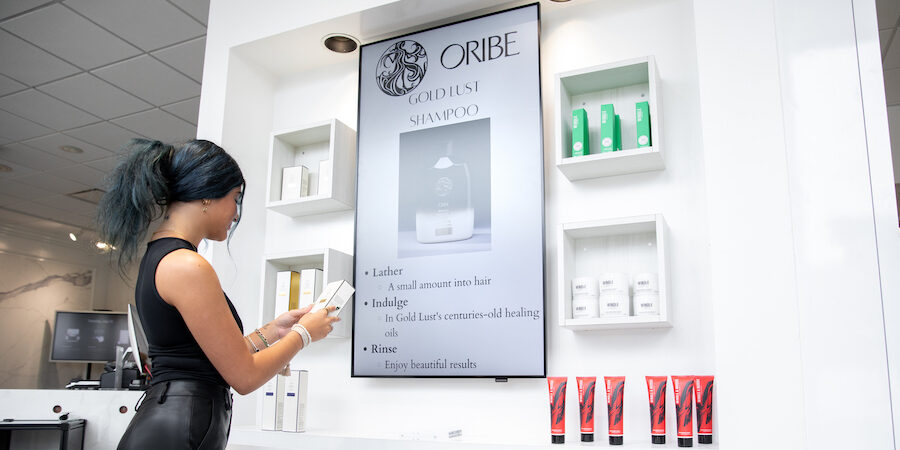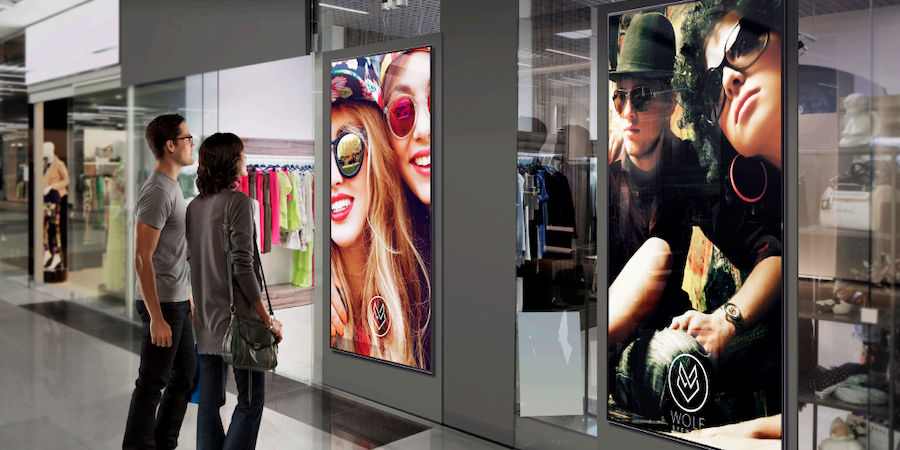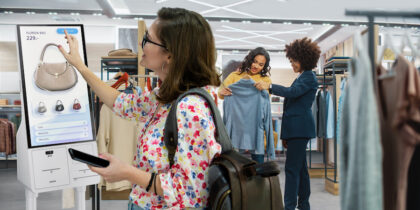Despite the increase in online sales during the pandemic, brick-and-mortar sales are expected to comprise nearly three-fourths of U.S. retail sales in 2024, according to Forrester projections. Among the majority who prefer in-store shopping, customers cited benefits such as being able to see and test products in person, being able to walk away with an item in hand and easier returns and exchanges.
Online shopping still offers unique benefits, like curbside pickup and buy online, pick up in-store (BOPIS) — and, of course, the convenience to shop from anywhere and have items shipped directly to you. Today’s brick-and-mortar shoppers expect the same level of personalization and convenience they get from shopping online. Forward-thinking retailers are evolving a hybrid model that blends the informative and convenient aspects of digital with the flexible and interactive aspects of in-store shopping.
How customer data can increase retail sales
To give people the customized, efficient shopping experience they want, brands need two things: customer data and timely, relevant content. With customer data, brands can gain a holistic view of individual shoppers’ preferences and purchasing patterns. This data can also show which forms of marketing — such as in-store, email or push notifications — are most effective.
More than three-quarters of shoppers search online before they visit a physical store, and 46 percent say they confirm inventory online before going to a store to pick up their desired item, according to Fit Small Business. These days, the online and in-store shopping experiences must be cohesive. In other words, retailers should treat their brick-and-mortar stores like their website, and vice versa.
The future of retail is digital
Get your free guide to growing your retail business by adopting future-proof ecommerce technology. Download Now
Think of the outside of the store as a banner page where you can advertise products or services — using outdoor LED displays, for instance, or offering EV charging stations. Once inside the store, a variety of digital tools such as LED signage, self-service kiosks and on-shelf displays can guide the customer journey, while data-driven analytics create engaging interactive experiences.
Understanding customers and the data they need at the time of purchase is critical for retailers. It helps them target their marketing to the appropriate customers and send the right message at the right moment. Digital tools such as kiosks and on-shelf signage can also free up staff to handle higher-revenue transactions, while giving consumers the opportunity to shop however works best for them. Functionally, it’s just like clicking on a product online to see more information, specs and reviews. Compared to the hard sell, this kind of real-time informative experience boosts customer loyalty and, in turn, drives sales.
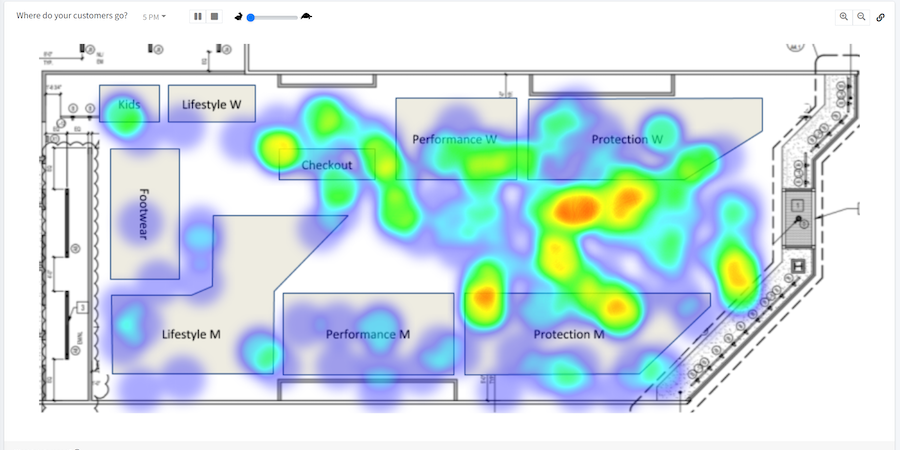
Data, signage and content in action
Ideally, your tech stack’s components integrate seamlessly and enable a virtuous cycle. FastSensor, for example, uses radio frequency and AI-derived heat mapping to track foot traffic as people move around a store, creating a full picture of the customer journey. FastSensor’s AI continuously analyzes this data and translates it into measurable, actionable customer analytics presented in a customizable digital dashboard. If customers are crowding one part of the store and not spending any time in another part of the store, for instance, retailers can better understand the reason and adjust the store layout accordingly. The data helps inform retailers on ways to keep customers in the store longer, ultimately encouraging shoppers to purchase more items.
MagicINFO, Samsung’s proprietary content management system (CMS), provides retailers with a user-friendly interface that makes it easy to create and share display content. In addition to photos, slideshows and playlists, the cloud-based CMS can pull in content from social media — providing powerful, in-the-moment testimonials as customers shop inside a brick-and-mortar store. In addition, FastSensor data can be used to schedule or even trigger the MagicInfo CMS to optimize and steer the customer journey.
Big data use cases in retail
Paint stores are a use case ripe for a data and signage overhaul. What if you could simply walk up to a self-service kiosk, select the shade you want, go on with your shopping and receive a text when your paint was ready?
The same kiosk could suggest complementary items such as drop cloths, paint brushes and painters tape, which the customer likely needs for their project. In the case of home improvement, suggested add-ons can reduce the chance that customers will need to make multiple trips to get everything they need. Making the shopping process easier and more productive for shoppers is a win-win: customers get what they need, and stores benefit from a potential sales boost.
At Panico Salon in Ridgewood, New Jersey, clients are guided through the space in an interactive journey. They can use their own devices to shop in the retail area, through QR codes and Lift and Learn technology. When a shopper picks up a product they’re interested in, the motion sensor triggers an adjacent LED display to show details about the product and a 30-second video explaining its benefits.
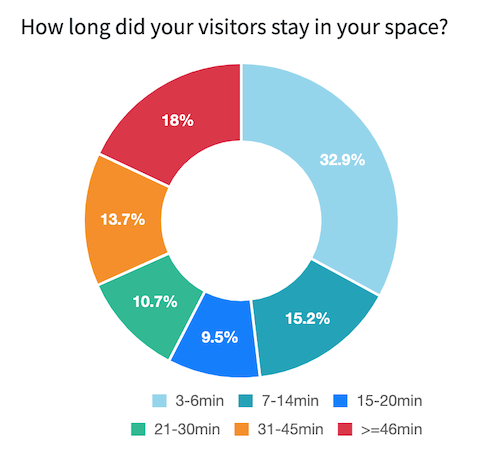
Signage content can boost sales in grocery stores, too. In the condiment aisle, for instance, on-shelf displays might invite customers to order a sandwich or family meal that they can pick up from the deli as they shop.
Automotive part stores are another prime candidate for customer data, content and signage upgrades. Amid inflation and rising used car prices, consumers are keeping their cars longer. Retailers can entice customers to take care of their cars with informative outdoor LED signage — and even EV charging stations — then welcome them inside with signage in the store’s front window.
During busy times, end caps and smaller displays near smaller items, such as batteries and windshield wiper blades, can help customers self-shop and self-educate. This also helps ease the burden on staff caused by labor shortages. Signage can also help generate revenue. Selling ad space to car insurance companies, for instance, can help pay for your tech stack upgrade, especially as a small business.
Technology that meets the moment
Retailers must take care to avoid common mistakes, like being too targeted with data or sending too many marketing messages, which can make customers wary of interacting with a brand.
In the past, in-store content was broad and generic. Now, retailers have the opportunity to connect with customers more meaningfully by creating shopping journeys that feel relevant and personal to them. Retailers can position this content for maximum impact based on placement and targeted outcomes, then monitor the results by integrating AI into their CMS platform. Samsung has all the tools to answer the question of what a digital platform is worth to your customers, employees and operations — and how customer data can help you boost your retail sales.
Find out more about how Samsung’s retail display solutions use content, data and digital signage to create memorable customer experiences. And explore how to harness the power of data with integrated tech to elevate any in-store experience.
